Turbidity Sensor Module
Introducing the Turbidity Sensor Module – an electronic monitoring device designed to seamlessly integrate with various microcontroller platforms such as Arduino, Raspberry Pi, PIC, ARM, and AVR.
The Arduino Turbidity Sensor Module effectively detects and confirms water quality by measuring turbidity. The results can be checked through digital or analog signals using the corresponding pins on the electronic module included.
At the end of the Turbidity Sensor, an invisible infrared light is emitted to identify suspended particles in water. It calculates the amount of TSS (Total Suspended Solids) by measuring light transmittance and dispersion rate, which rises in correlation with elevated levels.
The Arduino Turbidity Sensor Module is commonly used in various applications, such as monitoring water turbidity in bodies of water, research facilities, and liquid reservoirs. Designed for direct contact, it includes an electronic module that amplifies and transmits data to the project’s microcontroller.
The operational theory.
Turbidity Sensor Module works by passing light through a water sample. The transmission of light is affected by the level of soil present in the water. As more soil is present, less light is transmitted. This measurement of transmitted light is used by the turbidity sensor to determine the turbidity level of the wash water. The dishwasher controller receives these measurements and uses them to determine the appropriate duration for each washing cycle.
Decisions regarding the appropriate duration of a wash cycle are determined by comparing initial clean water measurements to the turbidity level of the wash water at the end. Through this method, dishwashers can effectively save energy on lightly soiled loads by only washing for as long as needed, ultimately resulting in cost savings for users.
Key attributes:
- Works with a variety of platforms such as Arduino, Raspberry Pi, AVR, PIC and more.
- Determines the level of sediment in river water.
- Monitors and validates the purity of water.
- Both digital and analog outputs are available.
- Capable of identifying suspended particles in water.
- Adjust sensitivity with the trimpot.
- Optimal monitoring of water turbidity is necessary in a variety of locations, such as rivers, streams, lakes, water boxes, catchment and research sites, laboratories, and tanks containing liquids.
- Included are the necessary module and jumpers for use.



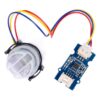
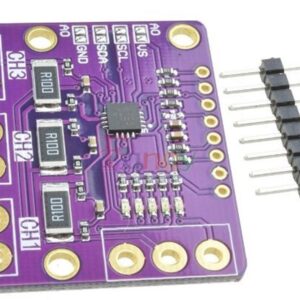
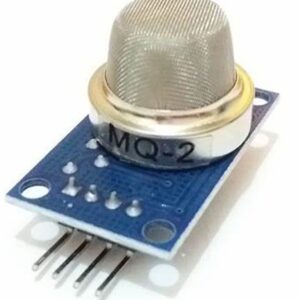

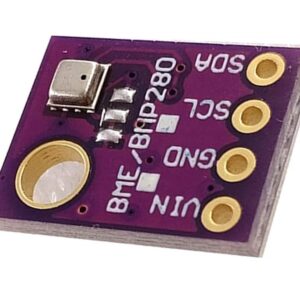
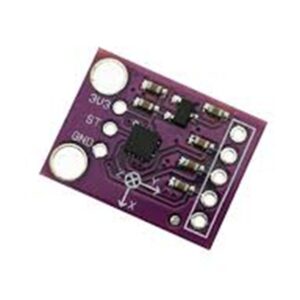
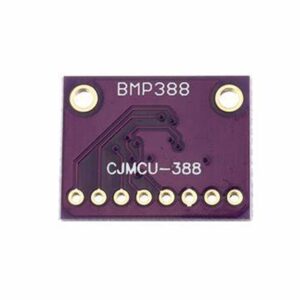
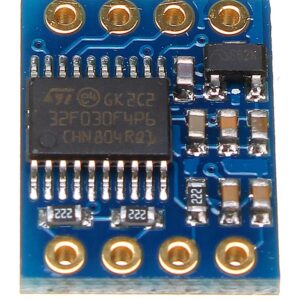

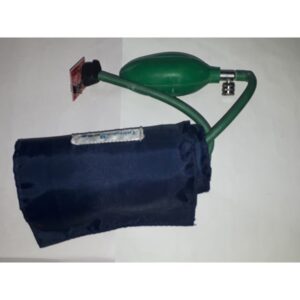
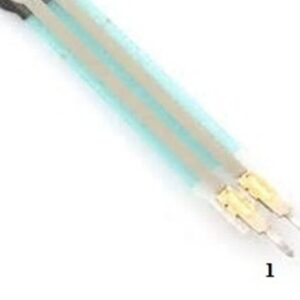
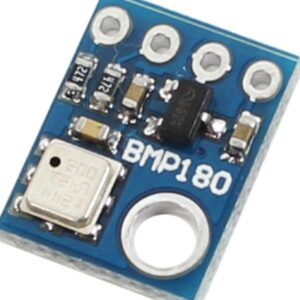
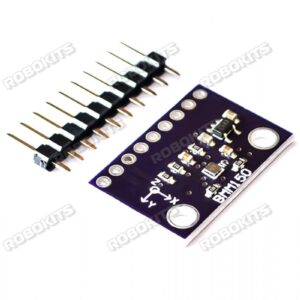


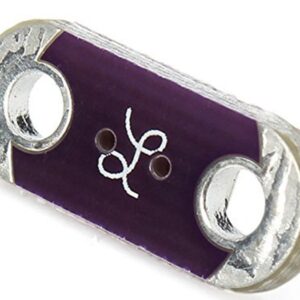

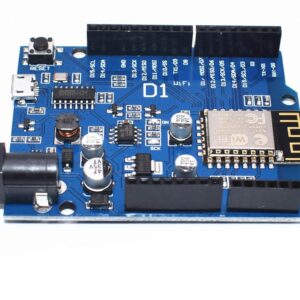

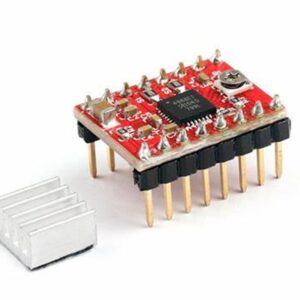


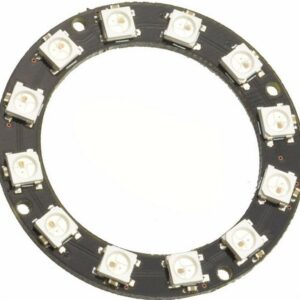
There are no reviews yet.